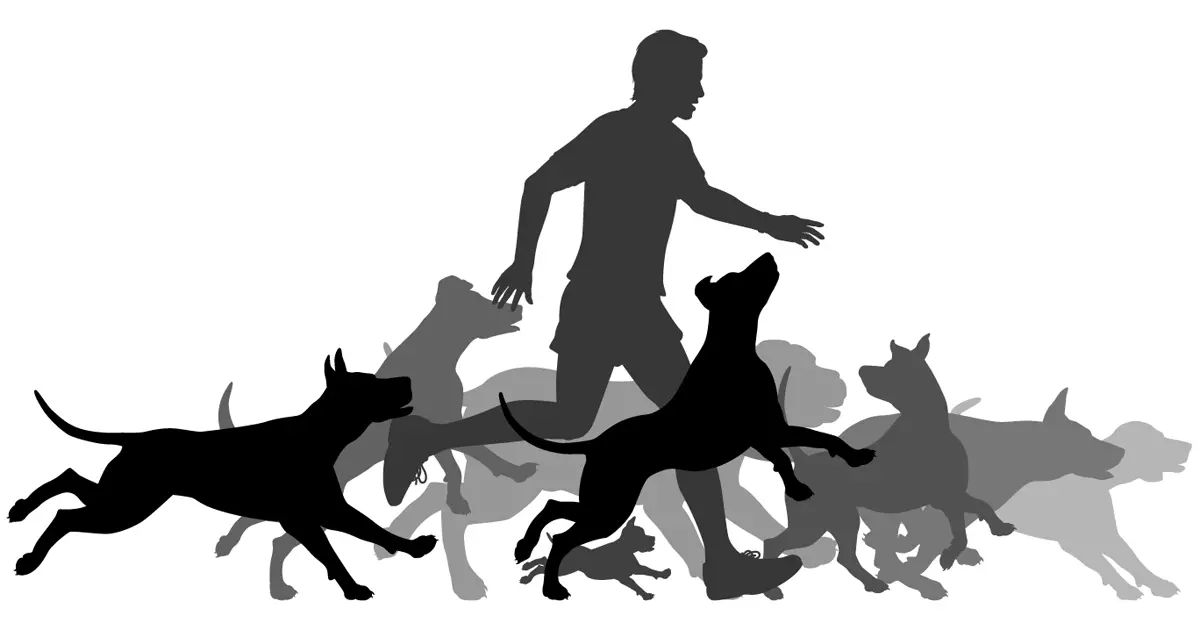Running and jogging have long been recognized as excellent forms of exercise for humans, but what happens when you incorporate your dog into the mix? For many dog owners, hitting the pavement with their canine companions offers a dual benefit: a chance to stay fit while spending quality time with their furry friends. However, before lacing up your running shoes and leashing your workout buddy, it’s essential to consider several factors that ensure a pleasurable and safe experience for both you and your dog.
Each dog breed comes with its own unique characteristics, including varying levels of stamina and energy requirements. Certain breeds, such as retrievers or working dogs, are naturally built for endurance and may thrive on long-distance runs. On the other hand, small or less-active breeds might struggle to keep pace. It’s crucial for dog owners to gauge their pet’s capabilities and choose an appropriate running routine. For instance, while a Greyhound can effortlessly manage several miles, a Pekingese may tire quickly after just a short jog.
Before embarking on any running schedule, take the time to research your dog’s breed and its specific needs. This understanding can help you tailor your running sessions to suit your pet’s physical limitations, ensuring they stay healthy and energized rather than fatigued or injured.
Even dogs bred for athleticism cannot dive straight into extensive workouts. Just like humans, dogs require a gradual build-up to avoid injury. It’s prudent to start with brief jaunts around the neighborhood, allowing them to acclimatize to the exercise. Gradually increase the distance over the course of weeks, mixing in rest days as needed. By listening to your dog and adjusting your run lengths accordingly, you’ll make the experience enjoyable and beneficial for both of you.
This progressive approach not only helps build your pet’s endurance, but it also allows you to monitor their reactions and health during and after runs. If your dog seems exhausted or hesitant, consider adjusting the distance or pace to better suit their capabilities.
Training for Safety and Coordination
Safety should always be a priority when running with a dog. Ensuring that your dog is well-trained to run alongside you is paramount. Commands like “heel” will help your dog learn to remain at your side, preventing potential mishaps such as tripping or running into traffic. Patience and consistent training can lead to a harmonious running experience.
Before heading out, you might want to invest time in basic obedience training during walks. Reinforcing commands in a quieter environment sets the stage for a successful running partner. Only after your dog demonstrates a clear understanding of commands and stays reliably at your side should you embark on running sessions together.
Dogs, like humans, are affected by weather conditions. While you might find sunny, warm days ideal for jogging, your dog may not have the same tolerance. It’s essential to consider their comfort and safety during your outdoor adventures. Hot weather can lead to overheating, while some dogs relish cold conditions.
Always assess the weather beforehand, and consider taking breaks during your run to allow your dog to hydrate. Packing a portable bowl and water ensures that your canine companion stays hydrated throughout the activity, especially during warmer months when they are prone to overheating.
Regularity breeds happiness—both for you and your dog. Making running a consistent part of your routine creates a sense of structure that dogs appreciate. Over time, your pet will begin to anticipate these outings, growing both physically and mentally because of them.
Ultimately, running with your dog is more than just exercise; it’s an opportunity to bond and create shared experiences that can profoundly enhance your relationship. By respecting your dog’s needs, taking safety precautions, and establishing a solid routine, you can transform your jogs into enjoyable adventures that benefit you both. Running together not only keeps you fit, but it nurtures a lifelong companionship rooted in love and trust.

